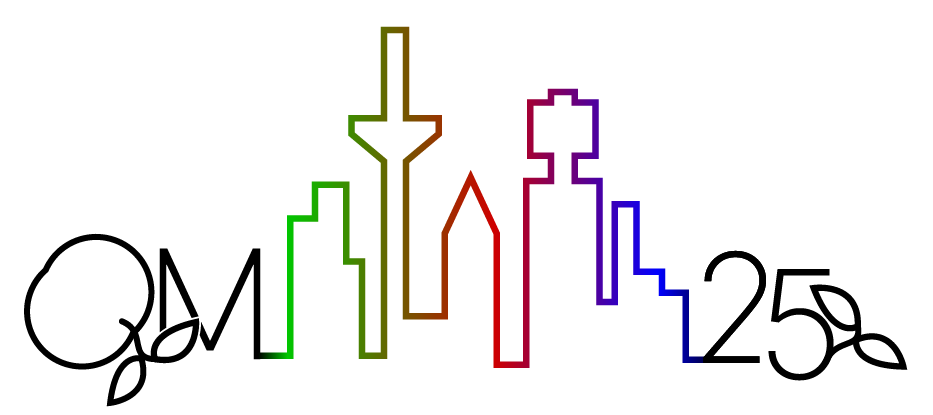Speaker
Description
Fluctuations of conserved charges, quantified by the cumulants of order $n$ ($\kappa_{n}$) of their distributions, are powerful observables to probe the QCD phase structure, including the search for the conjectured first-order phase boundary and the associated critical point. On the experimental side, RHIC has successfully completed the second phase of its beam energy scan programme, covering the center-of-mass energy from $\sqrt{s_{NN}}$ = 3 GeV to 19.6 GeV. This energy interval corresponds to the values of the baryonic chemical potential from $\mu_B \sim$ 750 down to about 200 MeV. Future experiment CBM at FAIR, on the other hand will focus on the energy region $\sqrt{s_{NN}}$ = 2.5 GeV to 4.9 GeV corresponding to the chemical potential interval 800 $\ge \mu_B \ge$ 500 MeV. In order to understand the energy dependence of the higher order cumulants of the proton number distribution and to provide a non-critical baseline for measurements in the high net baryon density region, especially at the CBM energy range, we have performed systematic simulations of Au+Au collisions with the hadronic transport model UrQMD.
In this talk we will report the results on the rapidity coverage and centrality dependence of the cumulant ratios $\kappa_{3}/\kappa_{1}, \kappa_{4}/\kappa_{2}, \kappa_{5}/\kappa_{1}$ and $\kappa_{6}/\kappa_{2}$ for collision energies $\sqrt{s_{NN}}$ = 2.5 - 9.2 GeV. The resulting baselines will be compared with the corresponding measurements from the STAR experiment. In doing so, we will ensure that the collision centrality is determined in the same way as in the experimental data. The artifacts of volume/participant fluctuations on the measured cumulants will also be discussed.
| Category | Experiment |
|---|---|
| Collaboration (if applicable) | CBM Collaboration |
